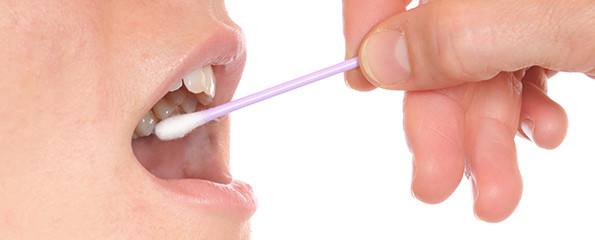Illicit drug testing gets more sophisticated
Researchers at the University of South Australia have developed innovative ‘lab-on-a-chip’ drug testing technology which could transform police roadside and workplace drug testing.
The technology works by detecting illicit drugs directly from saliva, as well as illicit drugs and explosives from fingerprints.
Although commercial realisation of the new technology is still some time away, once implemented it could significantly increase the safety of both our roads and workplaces.
Deputy Director of UniSA’s Mawson Institute Professor Nico Voelcker says the main advantage of the new technology is that it is fast and confirmatory.
“The current drug testing used by police on the roadside may detect something in the system, but the sample then has to go for further testing in a forensic lab,” Prof Voelcker says.
“The idea with our analysis is that it is rapid, sensitive and provides on the spot confirmation of the presence of drugs.
“We know our technology works, we believe in it, and we look forward to it helping police on the beat and employers who need to monitor for illicit drugs in the workplace such as mining companies, airlines and trucking companies.
“The technology could also be applied beyond roadside or workplace testing to areas such as testing of elite athletes, security screening, pharmacology, and the monitoring of compliance with methadone programs.”
Prof Voelcker says the ‘lab-on-a-chip’ technology is based on a nanomaterial that is a special form of silicon with a very high surface area.
“This material can basically extract from the saliva the molecules that you want to be tested,” he says.
“In the next step, these molecules are detected using a laser which blasts the high surface area material, sets the molecules free and they are then detected in a mass spectrometer. Because of this particular way of doing it, we can detect not only one particular drug, but many drugs which might have already gone through the body.
“We’re testing for different classes of drugs from cocaine, amphetamines, methamphetamines, MDMA and ecstasy to benzodiazepines and opiates.”
Saliva testing is undertaken with a swab from the inside of the mouth, while fingerprint testing tests molecules from finger sweat.
(Source: University of South Australia)
Dates
Created by:

 Login
Login














